Examining the Mouth as a Whole Before Initiating Treatment
This was a 41 year old female looking to see me regarding treatment of tooth #16 . As we can see from the initial examination, the patient had severe maxillary crowding and a narrow arch. Tooth #27 appeared to have had previous Endo and had lost its previous restoration . Caries was severe enough that it required extraction. I was asked to treat tooth #16 which had a large pin retained DOB amalgam that appeared to be encroaching the pulp and was symptomatic .
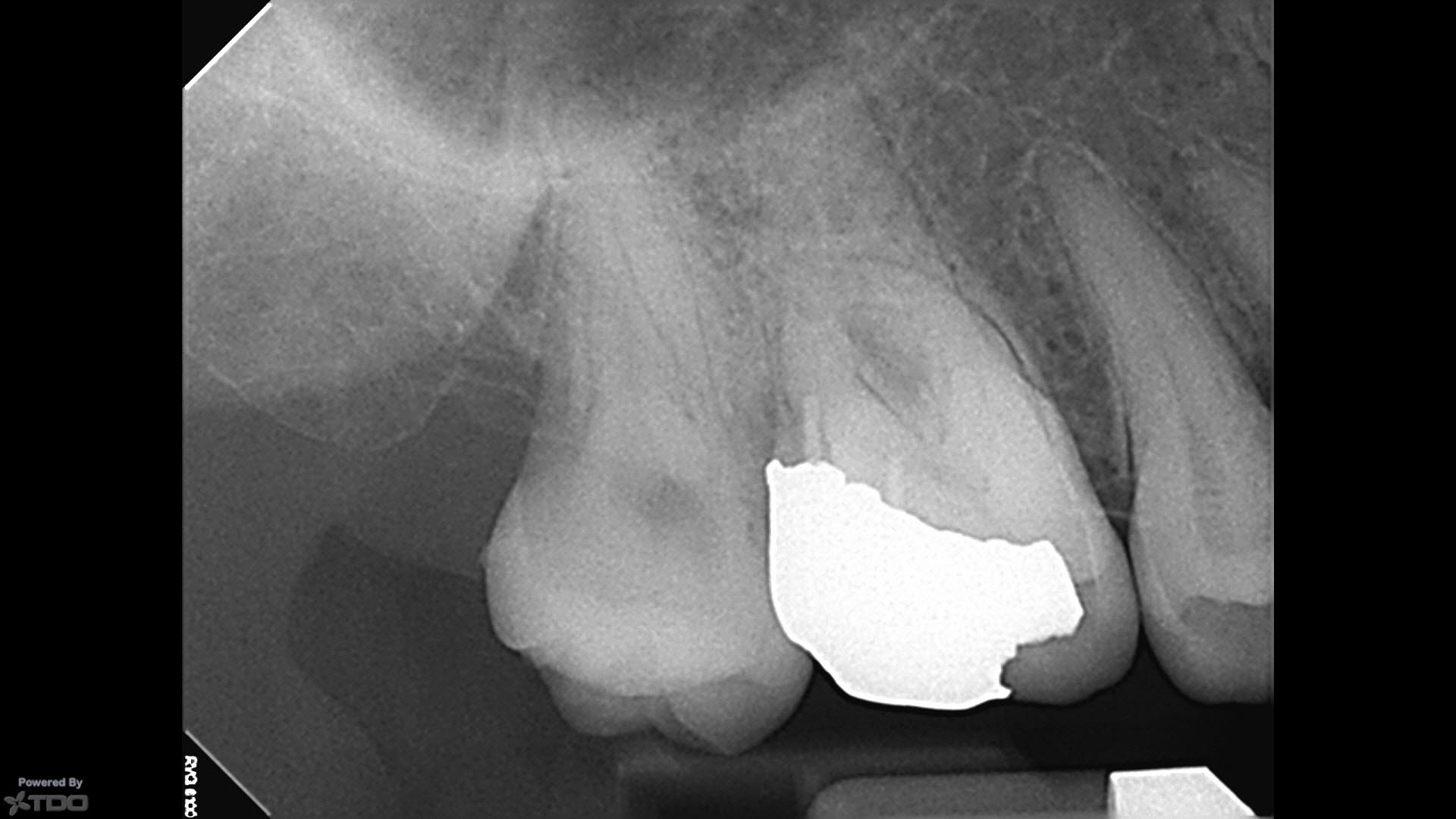
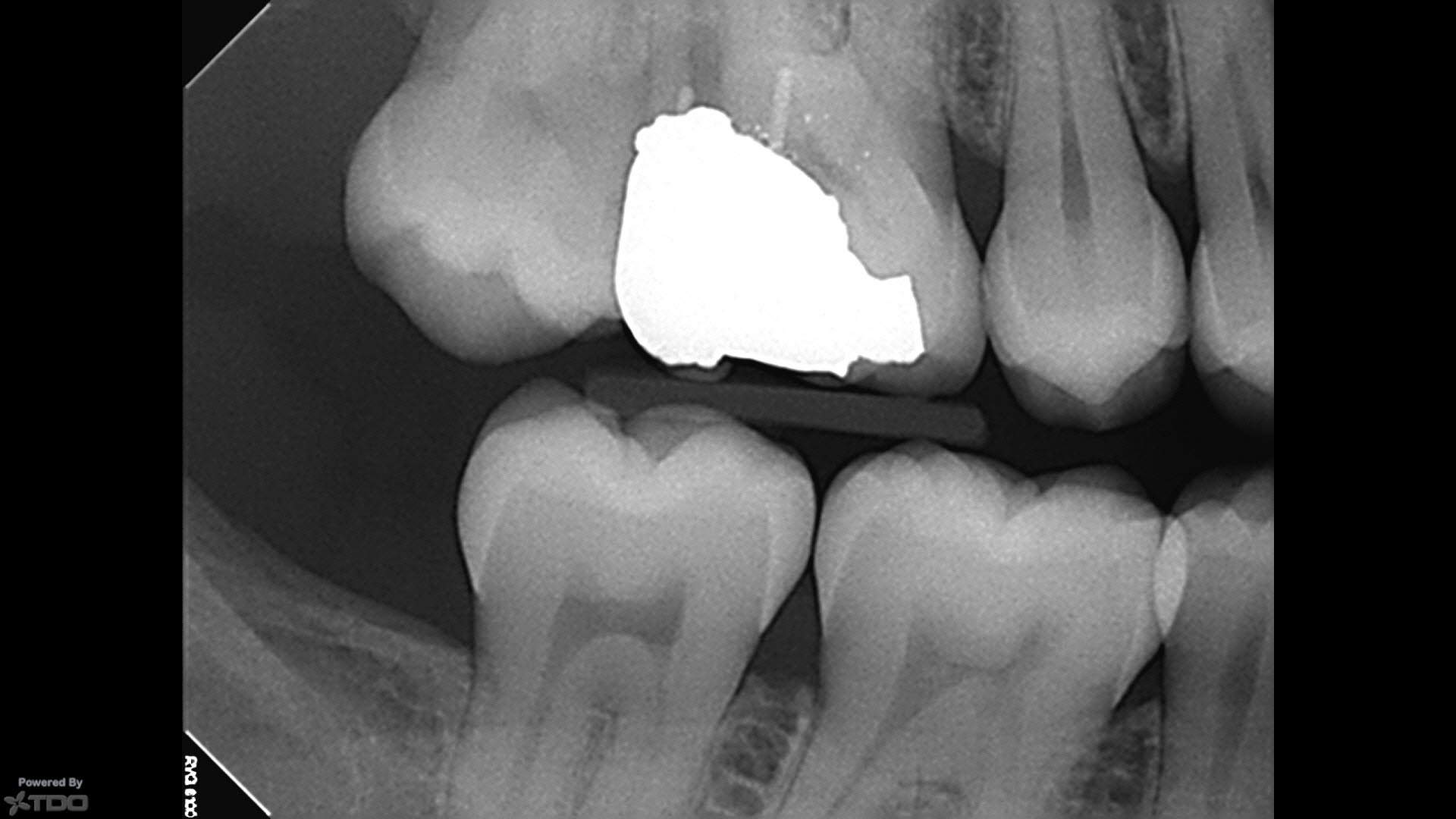
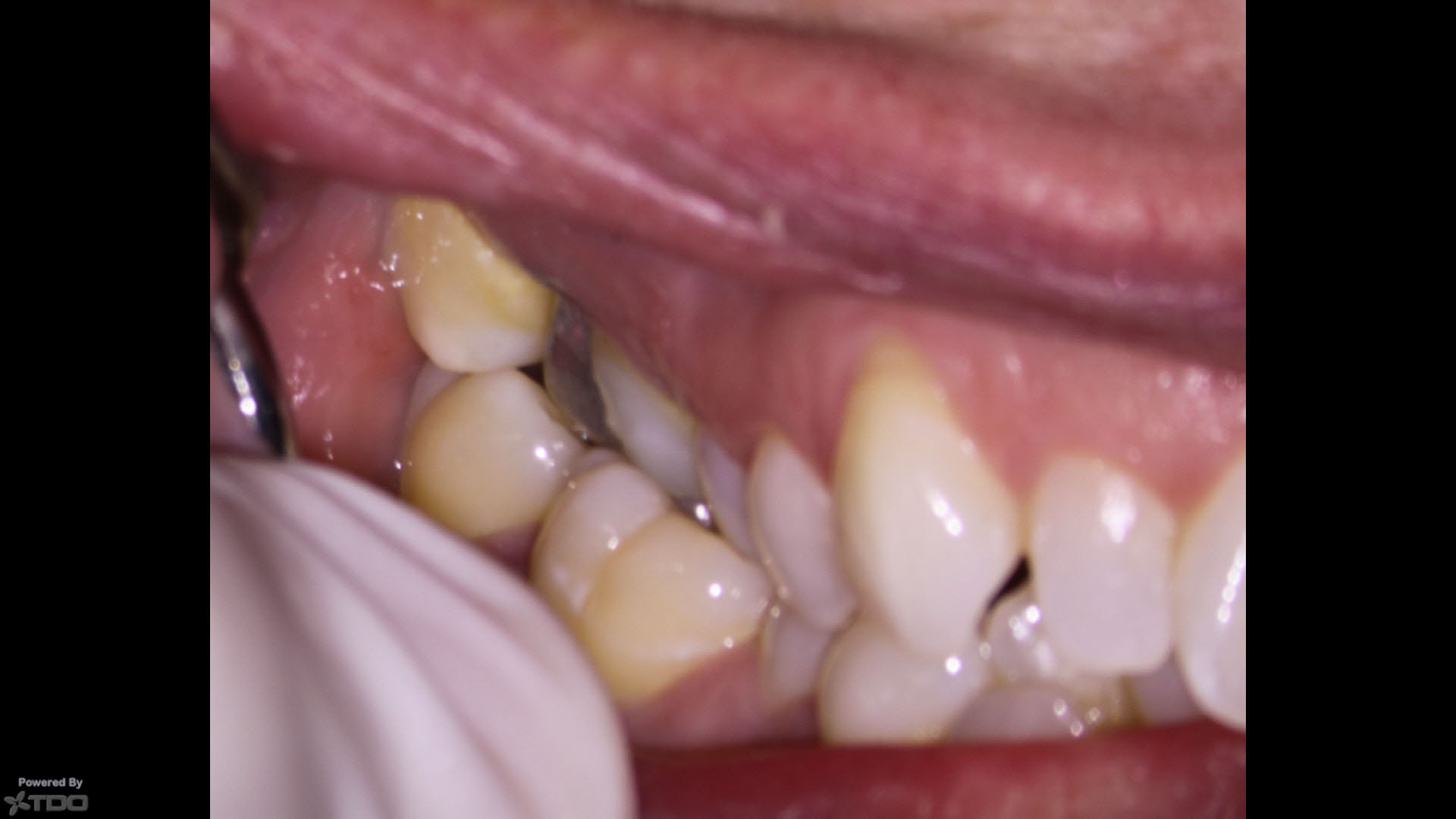
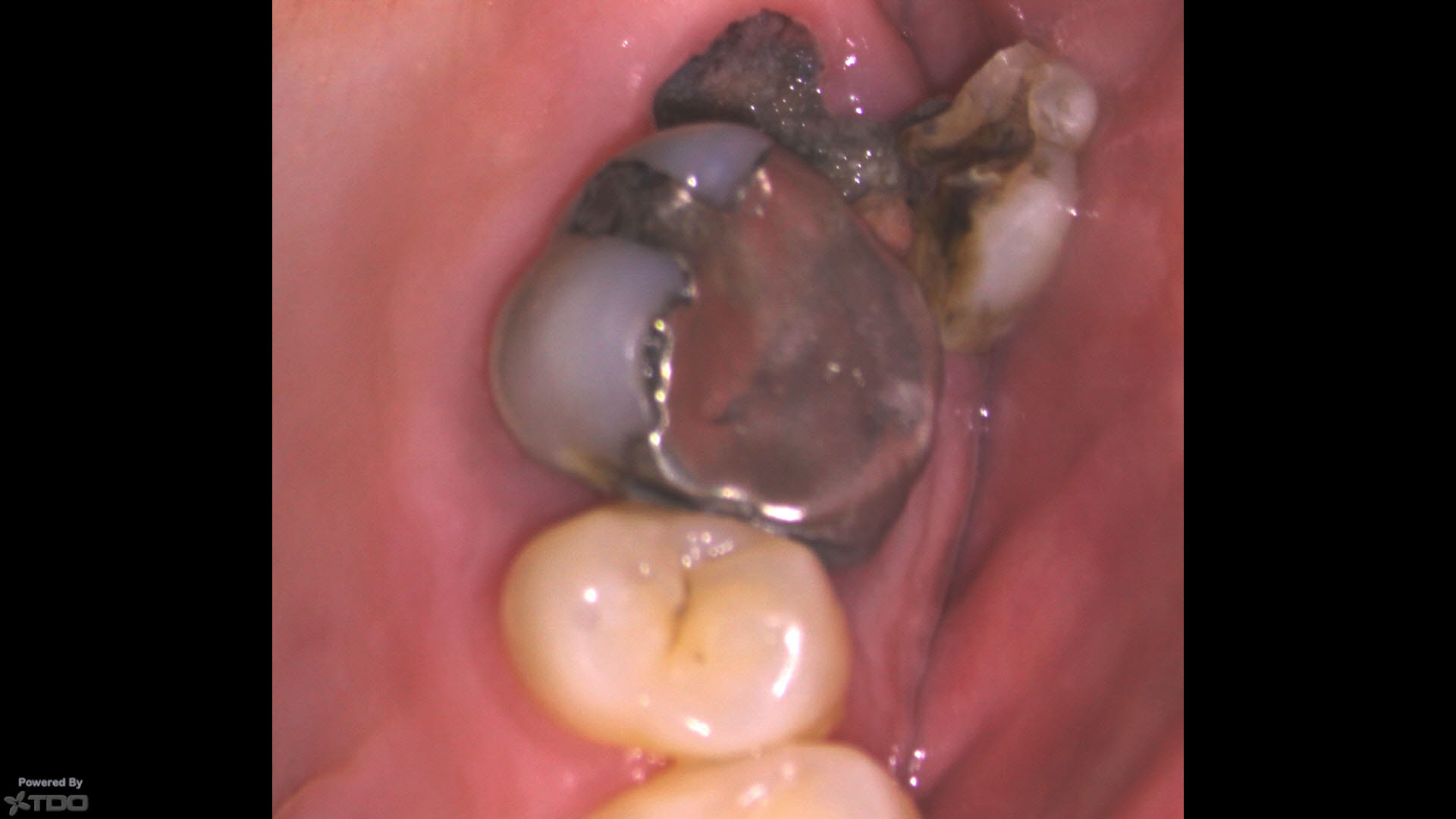

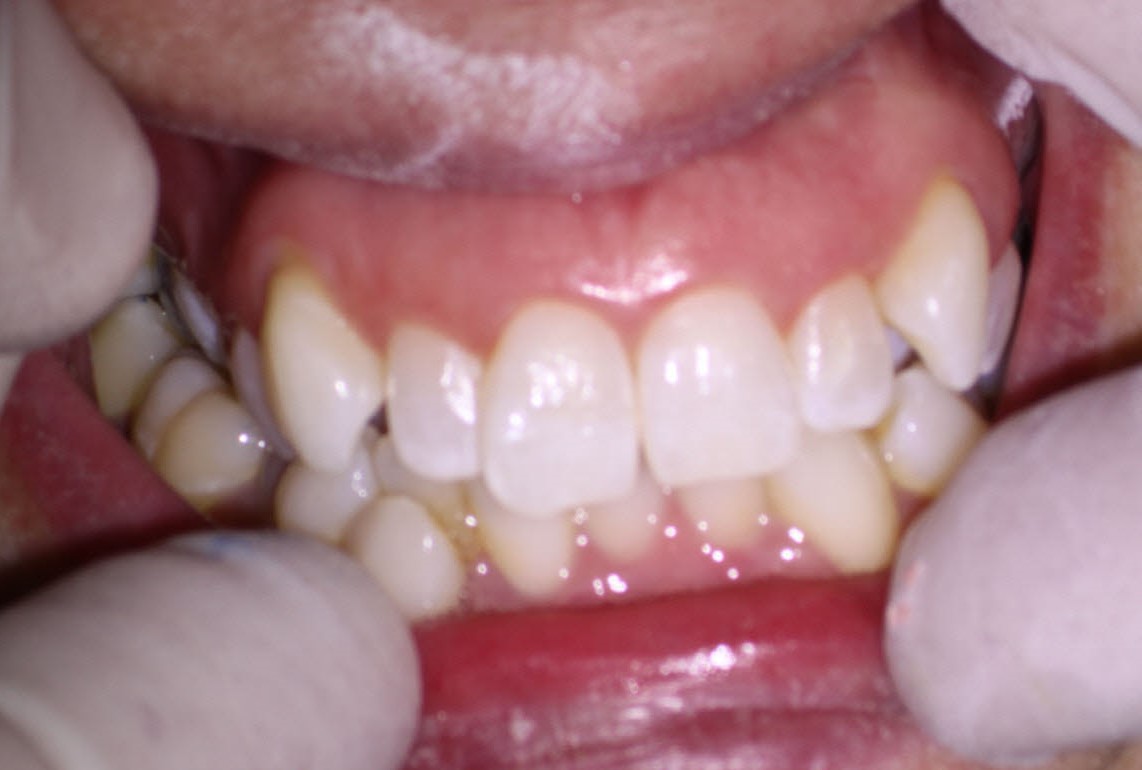
Review of the bitewings showed tooth #17 have to be in minimal occlusion with the opposing arch. The position of the tooth have made it difficult for patient to perform hygiene on the distal aspect of tooth #16 which resulted in continuing need for restoration. From this we see that the problem is not primarily related to caries as such but the malposition of most of the posterior dentition in the maxillary arch . There are several areas of crossbite and the patient is in need of orthodontic evaluation .
One of the possibilities was to extract #17 to allow for maintenance of the distal margin of #16. However tooth #17 was Virgin and I did not know how it may be involved in any potential orthodontic treatment in the future. The only thing we can say is that attempting to Endo treat and restore tooth # 16 in its present condition and occlusal scheme will likely result in it’s eventual loss due to the inability of the patient to maintain this area.
How are we supposed to deal with this, considering that previously endo treated tooth #27 was not properly restored and will likely be lost? What does this say about the patient’s attitude toward treatment? Do they ONLY seek treatment when symptomatic? Are they NOT interested in a more comprehensive solution?Is treatment of tooth #16 without considering all these factors and first performing an orthodontic consultation the right thing to do?
Perhaps it would be best for the referring dentist to perform a pulpectomy procedure to get the patient comfortable (should they be symptomatic) and then have a full mouth orthodontic consult to see how this tooth fits into a possible orthodontic treatment plan. Yes, it is possible the patient may never go forward with orthodontic treatment but do we not have a professional obligation to refer the patient for a proper Ortho consult done before we embark on further restorative treatment?
